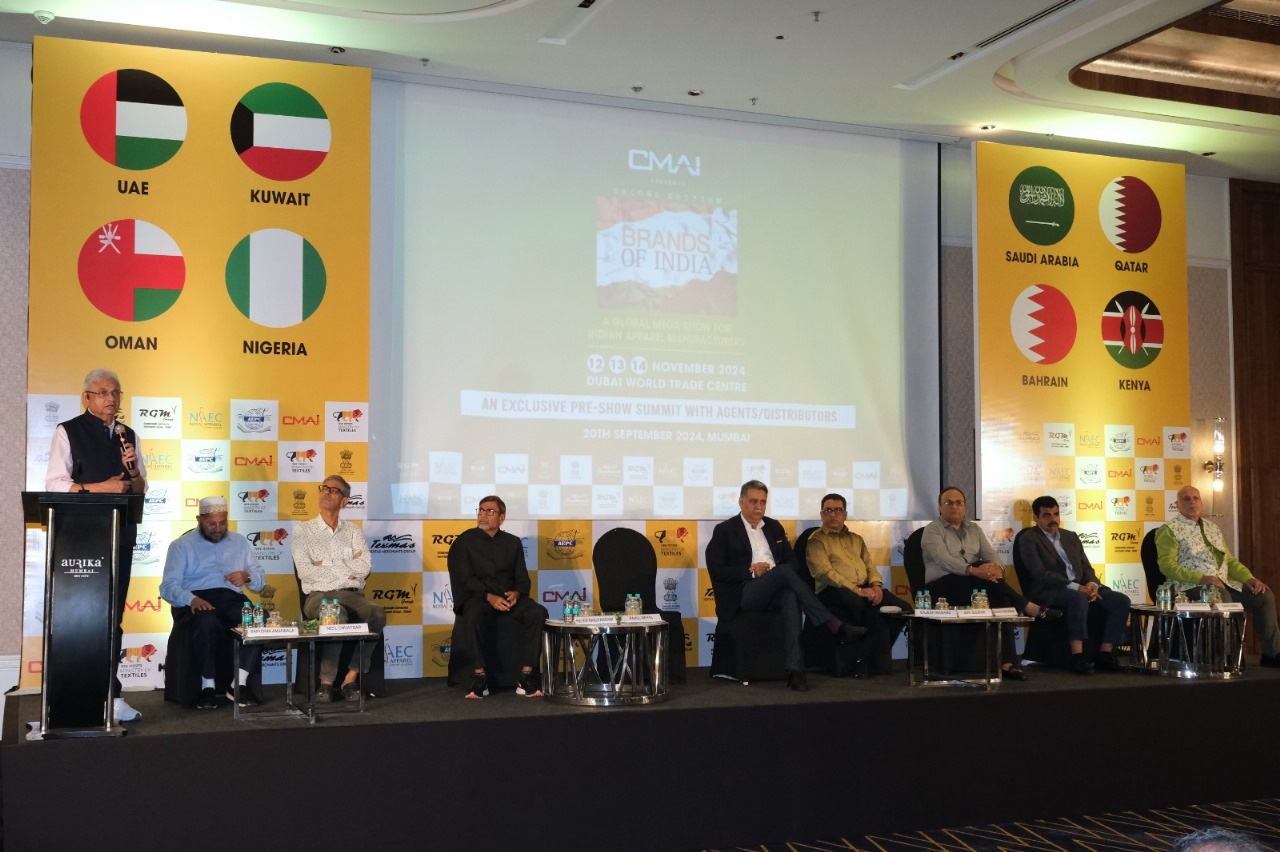Causing an alarm in the textile industry, cotton production plummeted by up to 60 per cent in the Punjab and Sindh regions of Pakistan by Aug 31. The industry now needs to import lint from foreign markets, straining the country’s foreign exchange reserves.
A discrepancy of over 0.3 million bales between the figures released by Punjab’s Crop Reporting Service (CRS) and the Pakistan Cotton Ginners Association (PCGA) is adding to the confusion surrounding future procurement strategies. According to the PCGA, around 1.226 million bales arrived at the ginning factories by the end of August, a sharp decline from 3.04 million bales during the same period last year.
The shortfall is linked to various issues, including delayed sowing, prolonged heatwaves, heavy August rains, pest infestations, reduced crop acreage, and market manipulation. The absence of an intervention price and declining profitability further compounded the situation, alongside insufficient government support for research and development (R&D).
Cotton production in Sindh declined by 61 per cent, with the state producing only 0.773 million bales compared to 1.972 million bales last year. Production in Punjab declined by 58 per centto just 0.453 million bales compared to 1.068 million in 2022. However, the CRS in Punjab claims the province harvested 0.759 million bales, about 30 per cent less than last year’s output. Dr. Abdul Qayyum, Director-General, CRS attributes this discrepancy to his agency’s calculation methods based on boll size and picking ratios.
Sajid Mahmood, Head-Technology Transfer Department, Central Cotton Research Institute, points out, a lack of R&D funding for developing climate-resilient cotton varieties is a key reason for the ongoing decline in cotton output since 2016. The absence of support from the textile industry and the government for the Pakistan Central Cotton Committee has stifled R&D efforts, further impacting the industry, he adds.
A few experts in the ginning sector attribute the current drop in cotton production to the under-invoicing and undocumented business, driven by heavy taxation. In response to quality and quantity issues, textile mills have increasingly turned to imports, purchasing 1.171 million bales so far as against 2.615 million last year. They are also negotiating for additional imports, with deals for 1.6 million bales being reportedly signed.












